I need to calculate the sill, range and nugget from a raster layer. I have explored gstat, usdm packages where one can create variogram however I couln't find a function which given a raster layer will estimate these parameters.In most of the functions these parameters have to be defined eg. krigging.
I have raster data layers for different heights which looks similar to 
I would like get the sill, nugget and range from the parameters of semivariogram fitted to these data layers to create a plot similar to this:
The original data layers are available here as a multiband tiff. Here is a figure from this paper which further illustrates the concept.

